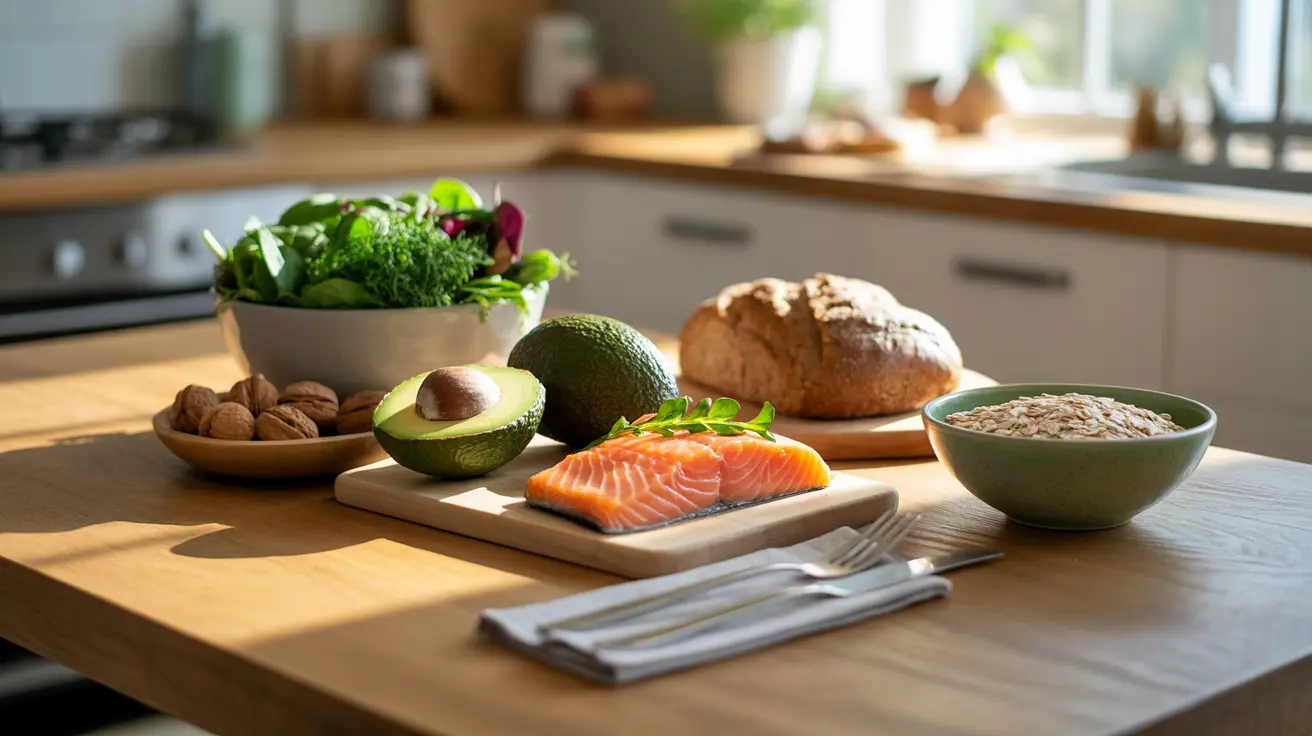Living with diabetes requires careful attention to your diet, as the foods you eat directly impact your blood sugar levels. Understanding which foods can help manage diabetes while providing essential nutrients is crucial for maintaining stable glucose levels and overall health. This comprehensive guide explores the best foods for diabetics and how to incorporate them into a balanced meal plan.
Understanding the Role of Nutrition in Diabetes Management
A well-planned diabetes diet focuses on nutrient-rich foods that have minimal impact on blood sugar while providing essential vitamins, minerals, and fiber. The right food choices can help control glucose levels, reduce inflammation, and support heart health – all crucial factors for people with diabetes.
Best Vegetables for Blood Sugar Control
Non-starchy vegetables are cornerstone foods for diabetics, offering high nutritional value with minimal impact on blood glucose. These vegetables are rich in fiber, which slows down digestion and helps prevent blood sugar spikes.
Top Vegetable Choices
- Leafy greens (spinach, kale, collards)
- Cruciferous vegetables (broccoli, cauliflower)
- Bell peppers
- Carrots
- Tomatoes
- Brussels sprouts
The Power of Fatty Fish in Diabetes Management
Fatty fish represents an excellent protein source for people with diabetes, offering crucial omega-3 fatty acids that support heart health and help reduce inflammation. Regular consumption of fatty fish can contribute to better blood sugar control while providing high-quality protein.
Recommended Fish Options
- Salmon
- Mackerel
- Sardines
- Herring
- Albacore tuna
Whole Grains and Beans: Smart Carbohydrate Choices
While people with diabetes need to monitor their carbohydrate intake, whole grains and beans provide complex carbohydrates that digest slowly, helping maintain stable blood sugar levels. These foods are also rich in fiber and protein, making them excellent choices for diabetes management.
Best Whole Grain Options
- Quinoa
- Steel-cut oats
- Brown rice
- Buckwheat
- Barley
Healthy Fats for Diabetes Management
Including healthy fats in your diet is essential for managing diabetes. These fats help slow digestion, reducing blood sugar spikes, and provide important nutrients for overall health.
Recommended Sources of Healthy Fats
- Avocados
- Nuts (almonds, walnuts, pistachios)
- Seeds (chia, flax, pumpkin)
- Olive oil
- Natural nut butters
The Diabetes Plate Method
The Diabetes Plate Method is a simple yet effective way to plan balanced meals without counting carbs. This approach helps ensure proper portions and balanced nutrition.
How to Use the Diabetes Plate Method
- Fill half your plate with non-starchy vegetables
- Fill one quarter with lean protein
- Fill one quarter with complex carbohydrates
- Add a small serving of healthy fats
- Include water or unsweetened beverages
Frequently Asked Questions
What are the best vegetables for people with diabetes to help control blood sugar? The best vegetables for blood sugar control are non-starchy options like leafy greens, broccoli, cauliflower, bell peppers, and tomatoes. These vegetables are high in fiber and nutrients while having minimal impact on blood glucose levels.
How do fatty fish like salmon benefit heart health and blood sugar management in diabetics? Fatty fish provides omega-3 fatty acids that reduce inflammation and support heart health. The protein in fish helps stabilize blood sugar levels, while its healthy fats slow digestion and prevent glucose spikes.
Can eating whole grains and beans help stabilize blood sugar levels for someone with diabetes? Yes, whole grains and beans contain complex carbohydrates and fiber that digest slowly, helping maintain stable blood sugar levels. They also provide important nutrients and protein that support overall health.
What role do healthy fats like nuts and avocado play in a diabetes-friendly diet? Healthy fats slow down digestion, which helps prevent blood sugar spikes. They also provide essential nutrients and help with feeling satisfied after meals, supporting better blood glucose control.
How can I use the Diabetes Plate method to plan balanced meals for better glucose control? The Diabetes Plate Method involves filling half your plate with non-starchy vegetables, one quarter with lean protein, and one quarter with complex carbohydrates. This approach ensures balanced nutrition and proper portion control for better glucose management.




